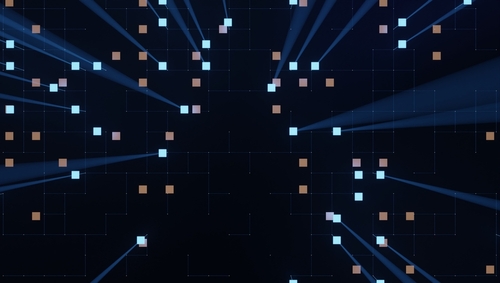May 31st, 2023 / By: dojo.live / Published in: Blog

Software telemetry, effectively monitors and enhances your applications by collecting, storing, and analyzing data from the system and application. The history of telemetry spans centuries and can be traced back to steam power monitors developed during the Industrial Revolution. Telemetry has evolved substantially and now applies to software development, healthcare, meteorology, agriculture, and many other fields. This guide focuses on software telemetry, explains how it pertains to application monitoring, details the working principles, and clarifies the distinction between telemetry and monitoring.
What is software telemetry?
Software telemetry is the automatic collection, measurement, and transmission of software usage and user data from a remote source to an IT system or central location for processing. From there, the data is analyzed to monitor, control, and improve the remote systems.
In IoT devices, software telemetry pulls data from sensors. However, the principle remains unchanged with applications where log data is exchanged with a core monitoring system. It is important to note that due to the sensitivity of the information, the process requires adherence to strict security and privacy standards.
Software Telemetry vs. Monitoring
While telemetry and monitoring are often used interchangeably and appear in the same conversations, they are not synonymous. Monitoring is the overarching process of installing sensors, collecting data, and displaying metrics to ensure the system is working correctly. Telemetry is a subset of monitoring that pertains to data collection from remote sources, and telemetry is an essential part of monitoring multiple, perhaps disparate, systems.
Why does telemetry matter in app monitoring?
Remember that monitoring is a broad IT practice that involves metric data collection to observe performance and compliance, and telemetry is a method used to monitor software progress remotely. When software developers create applications, they need to receive data to understand the functionality, performance, security and regulatory pitfalls, user experience, and opportunities for improvement. By remotely collecting data about the application, telemetry gives developers insight into user preferences and behaviors. Furthermore, it also notifies developers if there is a bug or other problem with the application. Due to the continuous nature of data intake and the swift speed of data transfer through the internet, telemetry allows developers to make adjustments and improvements to applications quickly and efficiently.
How does telemetry in software work?
Software telemetry involves the following six steps:
Defining Metrics
The first step in software telemetry is to define the metrics that need to be tracked. Consider the lifetime of the metric, the formula for calculating the metric, the hypothesis that needs to be tested with the metric, and the potential courses of action once the theory is tested. For the most precise and helpful information, ensure that the metric targets the measurement of only one specific aspect. While trying to cover multiple questions with a single metric may be tempting, this approach will muddle the results.
Instrumentation
The second step in software telemetry is to develop the instrumentation. The measurement instrument is the data points necessary to activate the metric, the filters needed based on the hypothesis, and the lines of code with the pertinent information. Prioritize data quality and initiate code checks to prevent gaps in data.
Data Transmission and Storage
The third step in software telemetry is to transmit and store the data securely. Consult experts to ensure complete adherence to privacy and compliance requirements specific to the industry and locality. Optimize the transmission frequency and network, device, and software profiles to achieve smooth, consistent, and legal data transmission. Configure the storage databases to support the requirements of the specific telemetry application. If high volumes of data are at stake, consider sampling to manage the volume and flow of data.
Data Processing
The fourth step in software telemetry is processing the data. If the volume of data is substantial, consider data mining to discover hidden patterns and gain insights into areas for further analysis.
Data Visualization and Analysis
The fifth step in software telemetry involves preparing the data for consumption. Choose the visualization tools that deliver the necessary information and allow consumers to extract pertinent insights. Provide context for the data representation, disclose any known data gaps or errors, and ensure that facts and opinions are clearly distinguished.
Taking Action
The sixth step in software telemetry is to take action on the insights. Follow through with the action specified when the metrics were created. If more information is needed, follow up with further data instrumentation. Once the research is fulfilled, depreciate the metric to control the costs of telemetry storage and maintenance.
Software Telemetry with Encora
Fast-growing tech companies partner with Encora to outsource product development and drive growth. We are deeply expert in the various disciplines, tools, and technologies that power the emerging economy, and this is one of the primary reasons that clients choose Encora over the many strategic alternatives that they have. Contact us to learn more about software telemetry and our software engineering capabilities.
